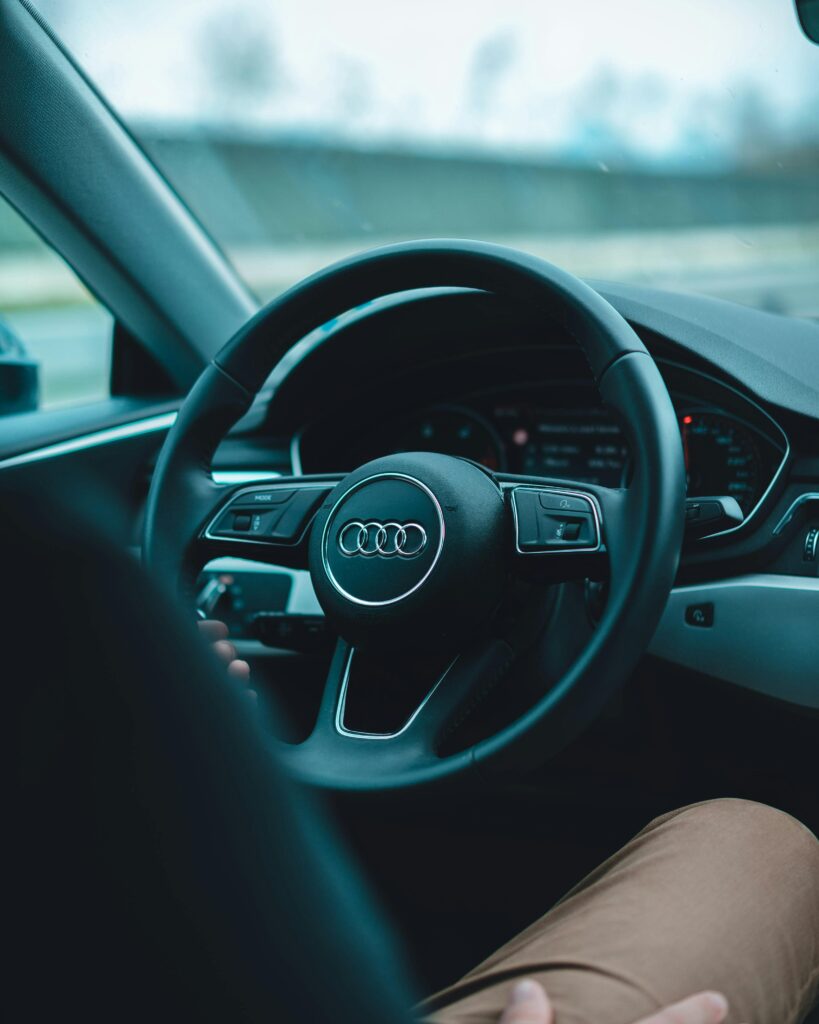Once only in commercial aircraft, “black box” event recorders are now standard in most new cars sold in the U.S.
Like on a plane, in the wake of a crash, the black box analyzes the cause and effects of an incident. The data has many other potential uses – for insurance companies, lawyers, and police. Having one in your vehicle can also save you money and possibly exonerate you if you are accused of being at fault in an accident.
While no laws require these units, known as event data recorders (EDRs), to be installed in new vehicles, the National Highway Transportation Safety Agency (NHTSA) estimates that 99.5% of new cars have them installed in the factory. However, they may not be standard in vehicles made before 2014.
Accidents have financial ramifications for the people involved in a crash, and sometimes, it can be difficult to determine who is at fault. An EDR can help authorities understand exactly what happened by analyzing the data stored in the unit. The device typically records certain parameters for a short period of time, which varies depending on the carmaker, but the majority record data for 30 seconds or less.

How they work
Under normal driving conditions, the EDR does not capture data. The unit typically engages if the brakes are suddenly applied; it detects skidding, swerving, or other events that may indicate an accident is about to take place. Crucially, it will universally capture the five seconds before a crash and a few seconds after the impact.
EDRs are most commonly embedded into the airbag control unit and are automatically activated when the airbags and seatbelt tensioners are triggered after the car is started. They cannot be turned off or disabled.
What’s recorded
When a crash occurs, in addition to the date and time of the accident, modern EDRs may record some or all of the following:
- Vehicle speed
- Engine speed
- Steering angle
- Braking status
- Force of impact
- Airbag deployment, speed, and faults for all bags
- Forward and lateral crash force
- Crash event duration
- Accelerator position
- Engine rpm
- Brake application and antilock brake activation
- Stability control engagement
- Vehicle roll angle, in case of a rollover
- Number of times the vehicle has been started
- Driver and front passenger safety belt engagement
- Front-seat positions.
The data can be used by authorities to determine the cause of an accident, typically ones that result in fatalities.
If your vehicle is equipped with adaptive cruise control or self-driving capabilities, the black box may record additional data, like the status and distances of the vehicle ahead and behind, potential external images from cameras, and if any malfunction of the systems occurred.
Many systems will only gather data if airbags deploy or when systems activate, like automatic emergency braking with pedestrian detection. You can read up on the details in your car owner’s manual.
Privacy issues
The NHTSA has regulations on data collection, storage, and retrievability for event data recorders. Automakers must comply with these regulations if an EDR is installed in the vehicle.
The units operate on a closed-loop system, and the data is gathered anonymously to ensure it’s not subject to manipulation if it falls into the wrong hands. An EDR does not store the vehicle identification number or any other type of info that would identify the vehicle owner. They also do not gather data on the car owner’s driving habits.
Many carmakers like Toyota will generally provide car crash data to the NHTSA, which uses the information to understand crashes and provide vehicle safety ratings.
Also, carmakers may report data to law enforcement and courts when ordered. State and federal laws regulate the use of the data and when it can be provided. Vehicle owners have the right to access the event data stored in the black box.
Accident guidance
If you get into an accident and believe you are unjustly deemed at fault, you can always engage an expert to download all the data related to the incident, like an Arizona driver interviewed by Kelley Blue Book did. Remember, though: The data may not be stored for long, so if you want to extract it, you should do so within a few days of the event.
Get a free quote online today!
Are you looking for insurance in Santa Ana, California? We are a top-rated local insurance independent agent protecting all aspects of your life, from your business to your autos and home, we have you covered! The benefit of choosing an independent agent like us means options. We have relationships with many top-rated carriers to give you the best insurance coverage you need that fits your budget. Don’t wait, call us today at (714) 285-9990 or visit our Quotes Online and start saving money.
